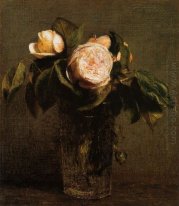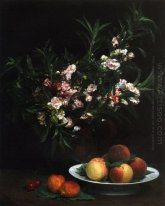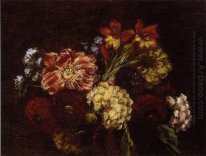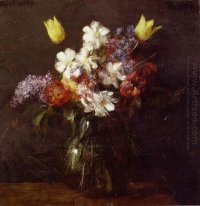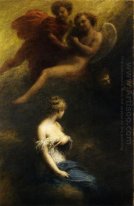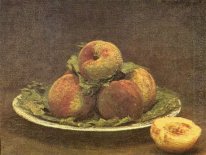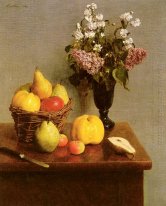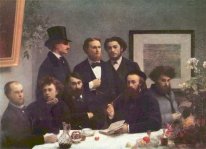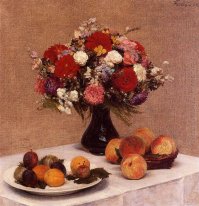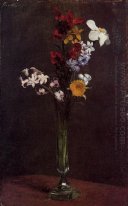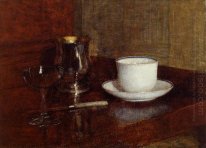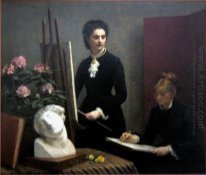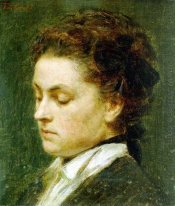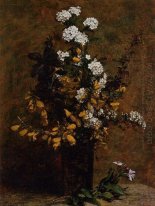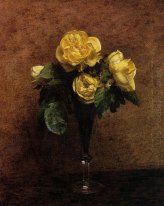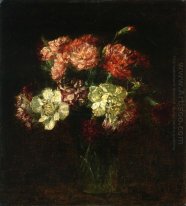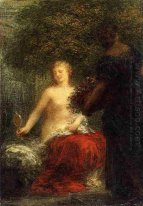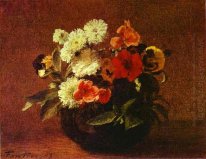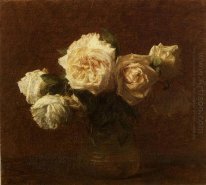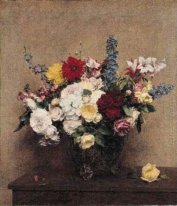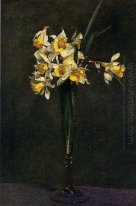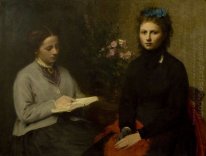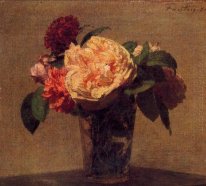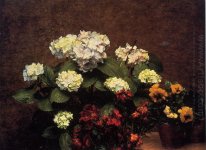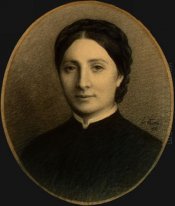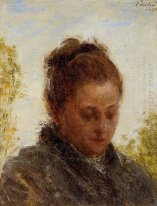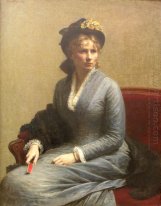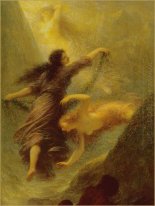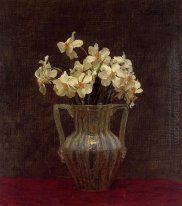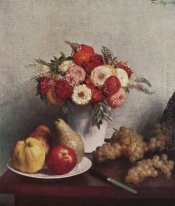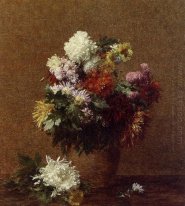Henri Fantin Latour

Fantin-Latour was a French painter and friend of the Impressionists. A painter of still-lifes in the tradition of Chardin and of portraits of austere realism, he was only marginally a member of the Symbolism movement, in particular in the works in which he was inspired by Wagnerian opera.
At the age of ten, Fantin-Latour began training as an artist with his father, a painter. He later studied with Horace Lecoq de Boisbaudran, an innovative and important teacher known for his system of teaching visual memory. Fantin-Latour developed an enthusiasm for Italian painters, especially Titian and Paolo Veronese, and regularly copied their work at the Louvre. It was at the Louvre that Fantin-Latour met édouard Manet with whom he forged a friendship; he would later paint Manet on several occasions.
By the early 1860s, Fantin-Latour was producing the three genres of painting that would sustain his career: portraiture, still-life painting, and imaginative or mythological scenes. Commissioned portraits and still-life paintings of flowers and fruit were essential to the artist's livelihood and he established an important clientele in England. But Fantin-Latour received the greatest critical attention for a series of ambitious group portraits featuring many of the most renowned artists, writers, and musicians of the time. His imaginative works were often inspired by his great love of music and he created several paintings based on the operas of Richard Wagner. Fantin-Latour increasingly explored lithography as a testing ground for his fantastical works.




